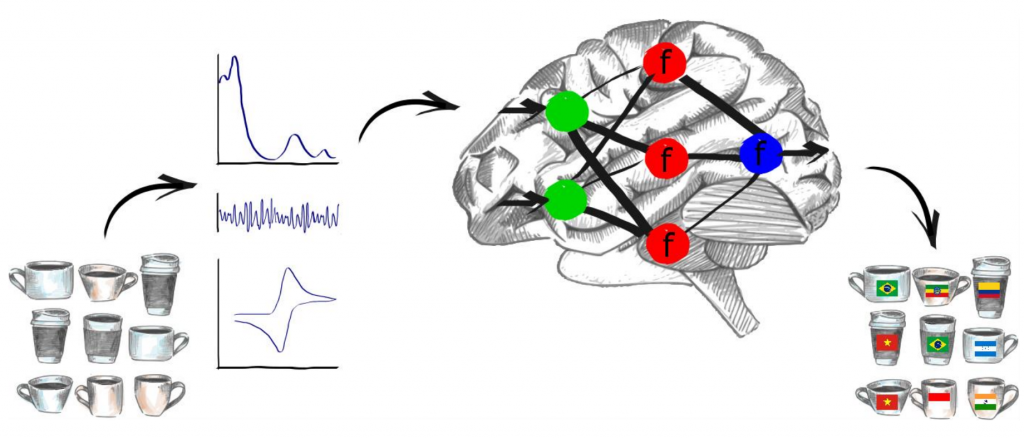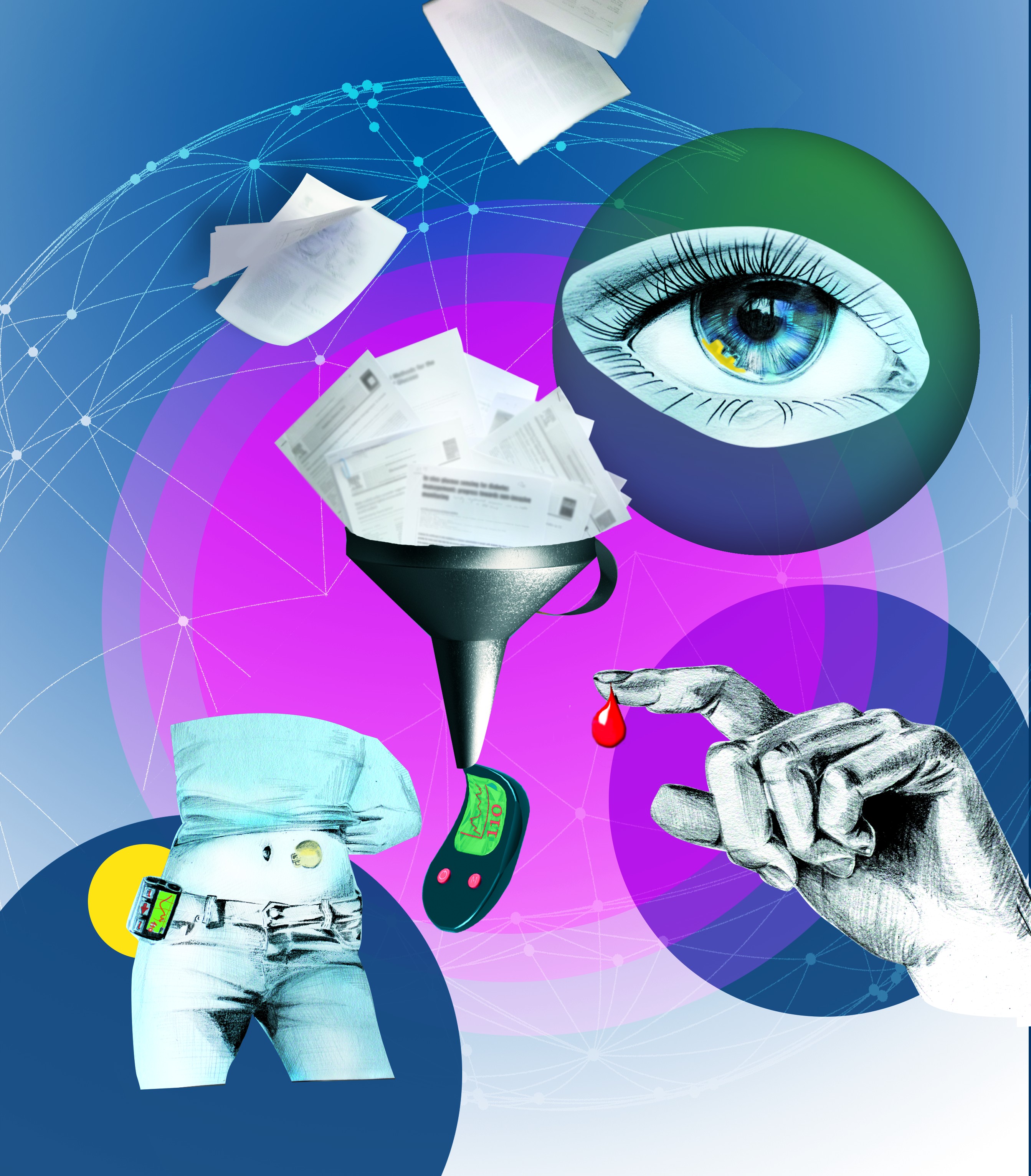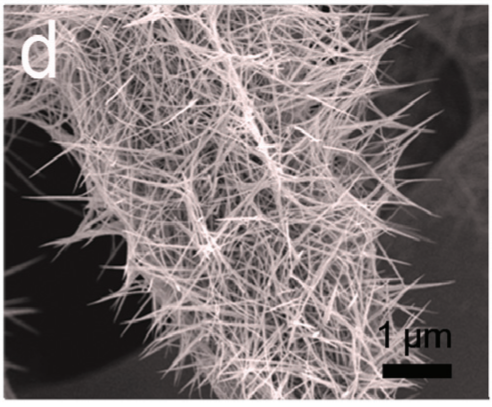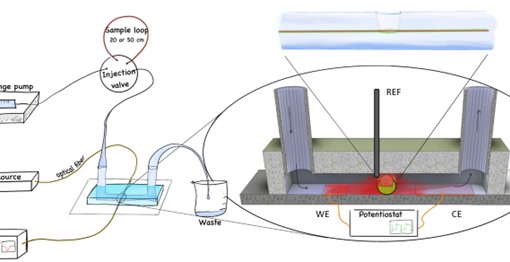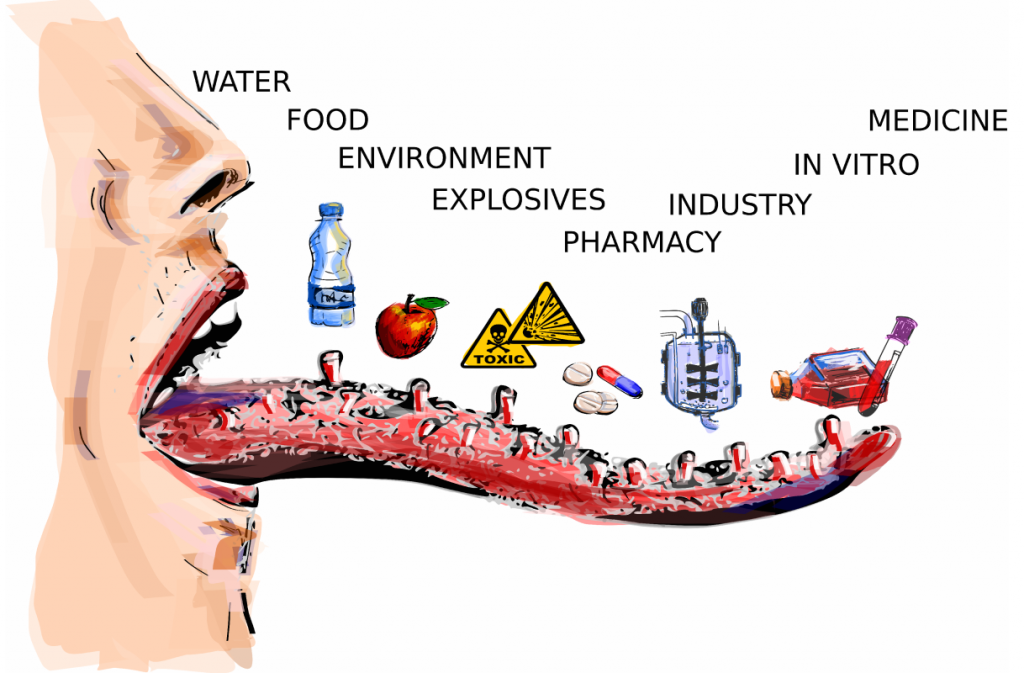 Happy New Year for all electronic tongue lovers!
Happy New Year for all electronic tongue lovers!
In the last day of 2017 a new open-access review concerning electronic tongues appeared on MPDI Biosensors website. This invited manuscript aims to not only mention the most obvious applications of sensor matrixes such as the analysis of foodstuffs but also focuses on other possible areas, such as medicine, cell cultures, analysis of explosives and environmental pollution.
In writing the manuscript we took a closer look at the problems and possibilities brought by large data sets, took into consideration what can be gained by the inclusion of biosensors and MIP sensors in the matrix. We also found some interesting e-tongues fabricated using unconventional methods of fabrication of low-cost sensors that we mentioned in the paper.
In Poland people like to say that what You do on the New Years Eve will continue throughout the year, so let us treat this as a good fortune and hope that all our papers will be accepted in 2018!
